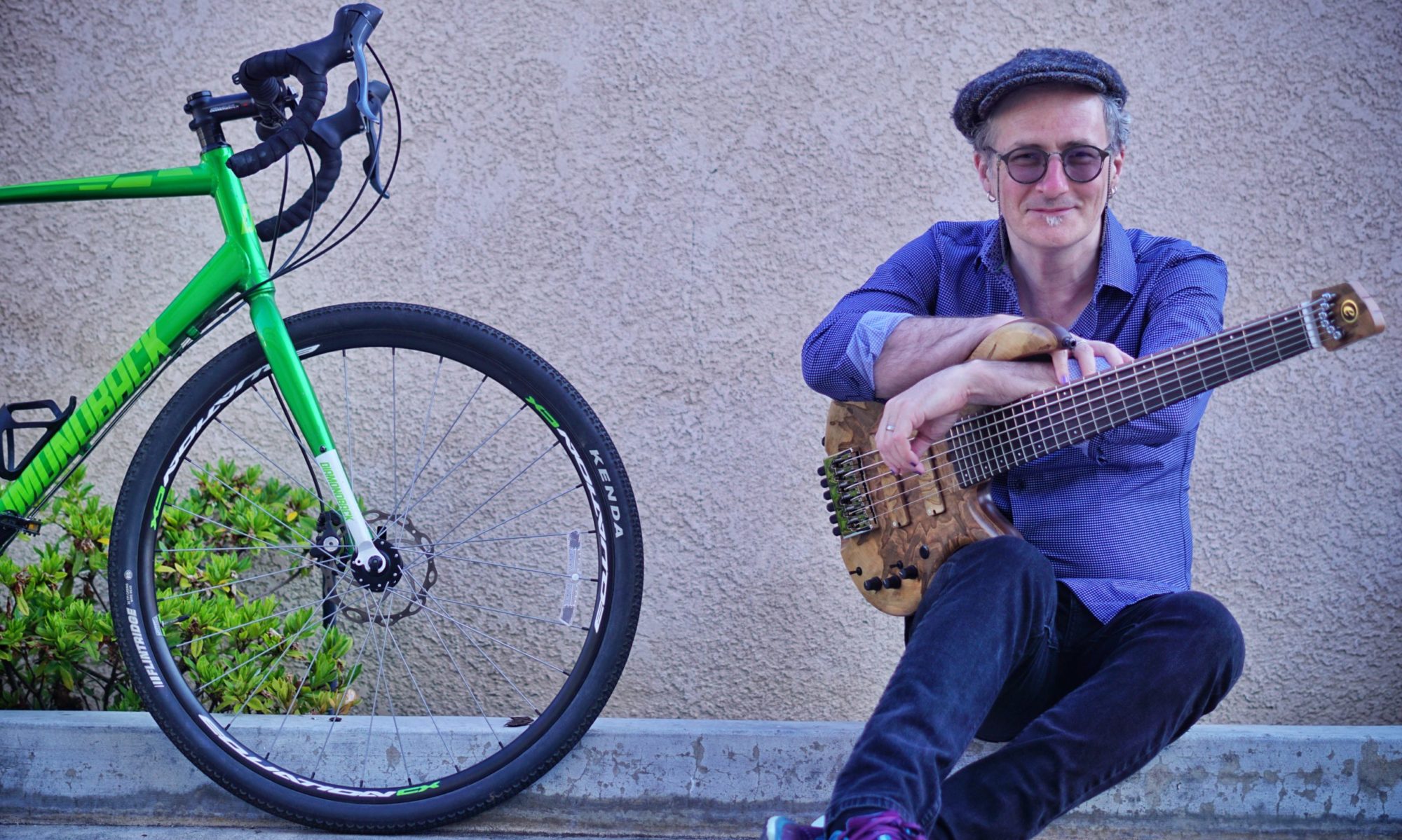I think it’s safe to say that for almost every person playing a musical instrument, there’s a part of it that is about exploring a part of their character and personality that they don’t get to exercise elsewhere. Whether that’s me as a solo bassist writing music that expresses all the stuff I struggle to put into words (which is why so many of my tunes are inspired by death), or the bloke who works in a garden centre learning speed metal to play in a pub on friday evenings, because he’s desperate for the garden centre to not be the sole defining entity in his life, there’s something that music gives us that would otherwise be sorely missing from our lives.
Being a ‘bassist in a metal band who happens to work in a garden centre’ is actually a pretty cool place to be in life. It has cache with your work friends, it has the security of a wage from the job, and it’s not the kind of job that’s going to drag you off away from rehearsals with your band, which means you can be fairly well committed to what’s going on.
It also often means that you can afford to have – and have time for – lessons. So when I get to meet with players in that situation, and am entrusted with the task of providing them with the tools, the process and the inspiration to learn more about their instrument, my role becomes a rather therapeutic one.
It’s not good enough in that situation to dismiss the style of band the person plays in and hand them pages of scales and arpeggios to learn, along with a load of tunes that you the teacher like.
No, a degree of personalisation – both of content and delivery – has to take place in that kind of transaction for it to be of value. I spend the first couple of lessons with a new student discovering things about them – why they play, what they play, what they do when they first pick up their instrument, and technical bad habits they’ve picked up, any erroneous ‘rules’ they’ve been told by other people about what you can and can’t do with music, any bogus (or useful!) terminology they’ve picked up in the past, and what they instinctively are capable of.
I very often get them improvising in the first lesson, just as a way of showing how lax the rules are on what ‘works’ and doesn’t ‘work’ – within some fairly broad tonal boundaries, anything can sound ‘good’ if you keep it simple enough, and build on it… the value of discovering that creativity doesn’t require induction into Dumbledore’s Inner Circle or the Knights Who Say Ni! or something (see my Creative Choices blog post for more on that).
I also get them working things by ear as early as possible, and encourage them to experiment a lot with fun things that may or may not end up sounding cool…
Why? Music is an incredible space for us to stretch the boundaries of what we define as our own creative limitations. It’s an utterly benign form, given it’s completely abstract nature (lyrics notwithstanding) and as such the worst that happens is you make an unpleasant noise. So you can go nuts and see what happens – it’s like taking a wild lashing serve when you’re break point down in tennis, only nobody loses if you get it wrong. It’s like declaring your love for a colleague on the day they leave the office because you’ll never get another chance, only no-one’s going to laugh at you.
Music is a space in which people can discover what they are capable of, and a good music teacher makes that possible, inspiring and an attractive proposition.

